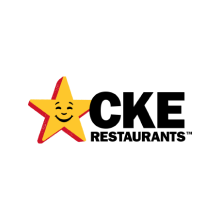Company:
CKE Restaurants
HQ:
Franklin, TN
Industry:
Restaurants
Stack:



Top Results:
7x
reduction
in load time for POS logs
10
person data team
servicing 3,800 franchises worldwide seamlessly
NO
coding required
to transform JSON and XML data easily

“We have rewritten one of the point of sale transaction log feeds using Coalesce, and the load time has been reduced from over 60 minutes to under 8 minutes.”
Erik McConathy
Senior Manager of Integration Architecture, CKE Restaurants

“Coalesce has helped speed up our development process by providing a single place to create new dimensions and fact tables as well as implement the data transformations. We have seen excellent performance of our data transformation jobs—the jobs simply run with no issues.”
Erik McConathy
Senior Manager of Integration Architecture, CKE Restaurants


